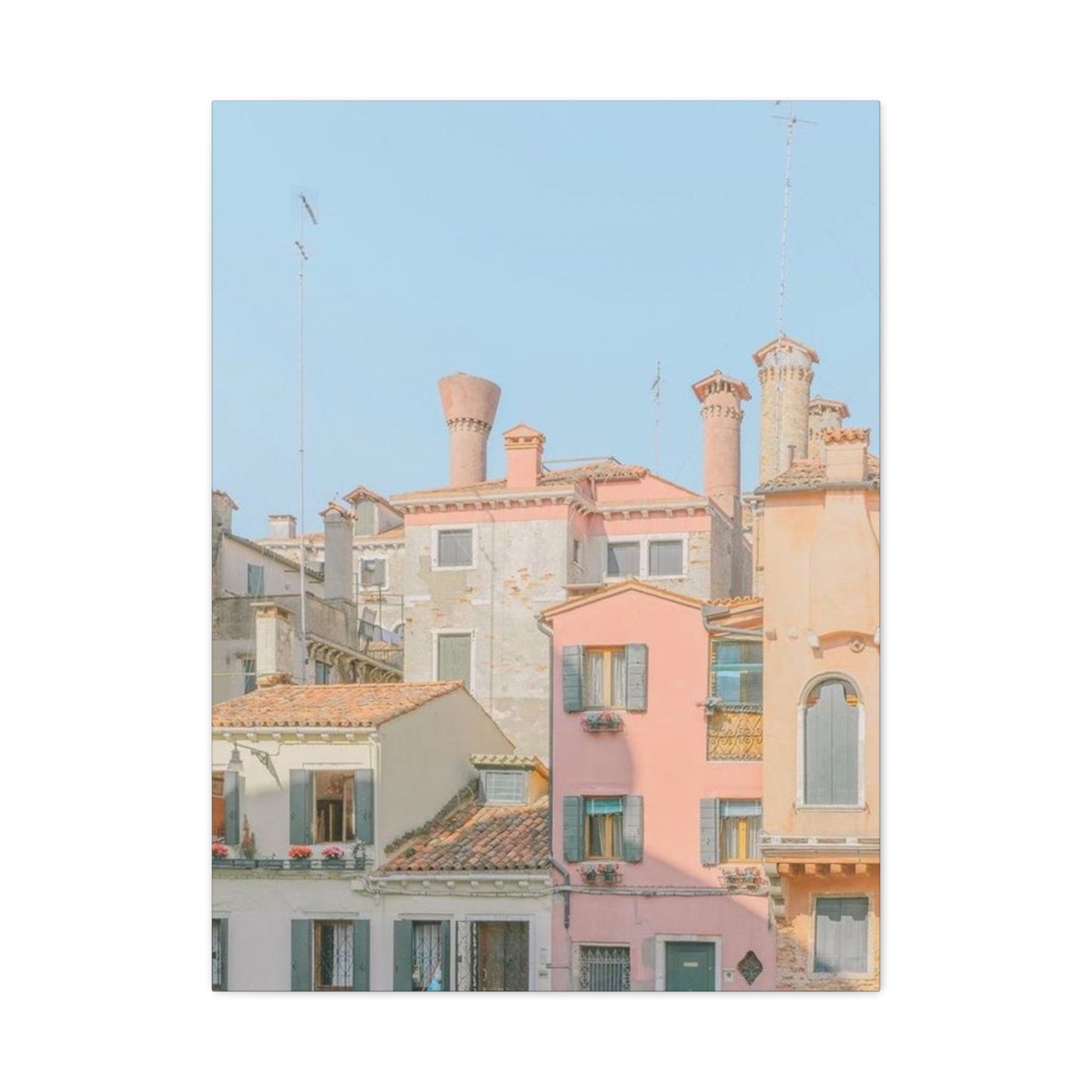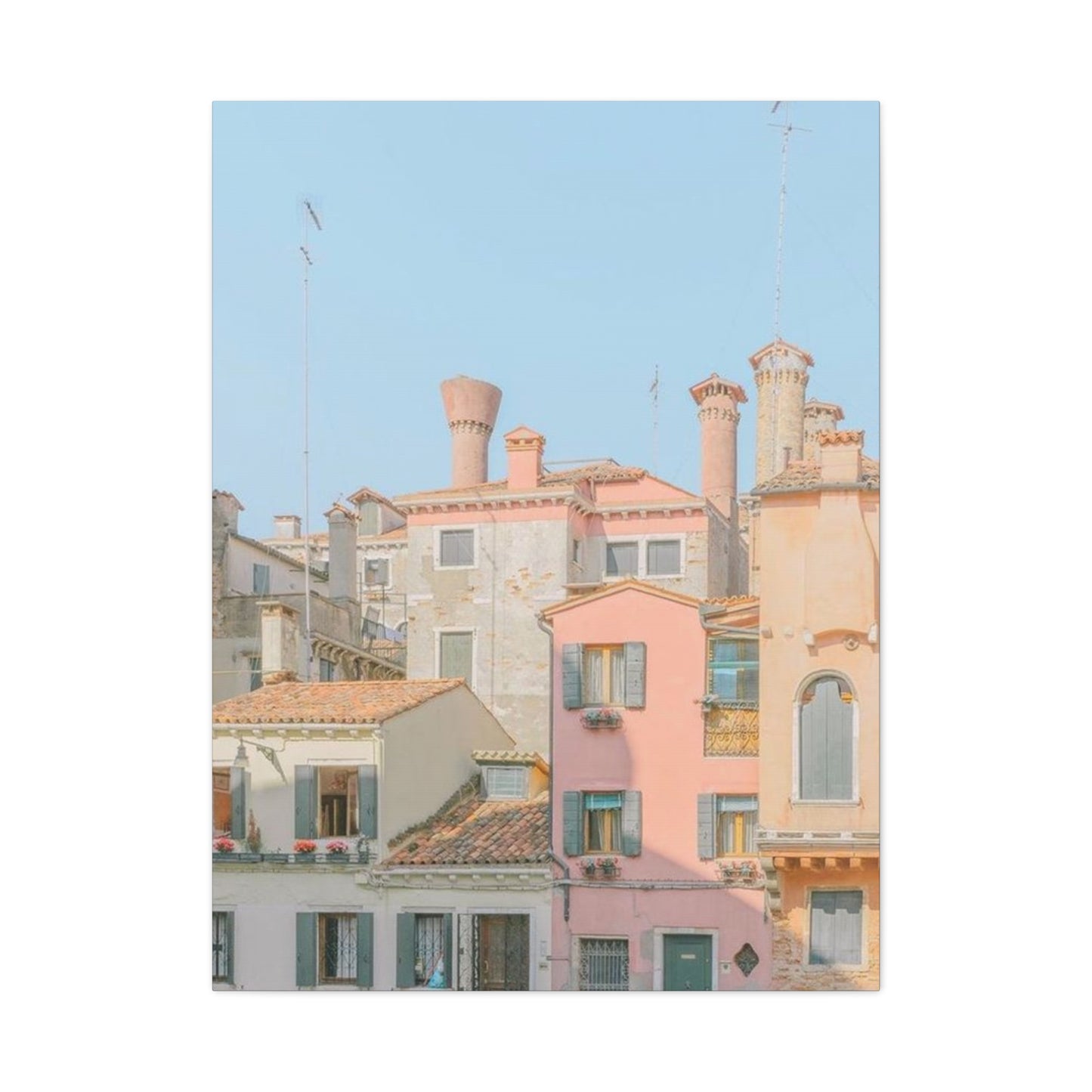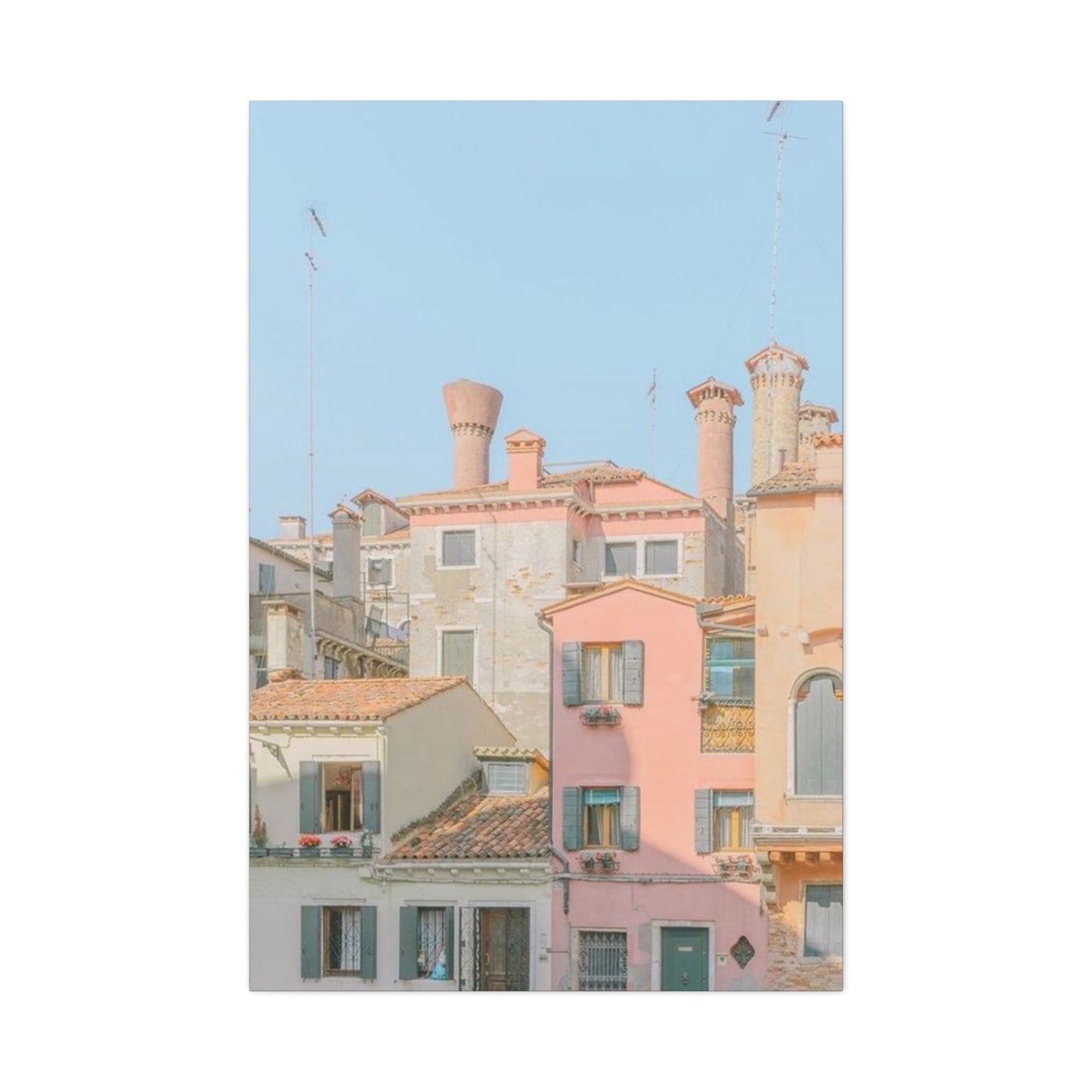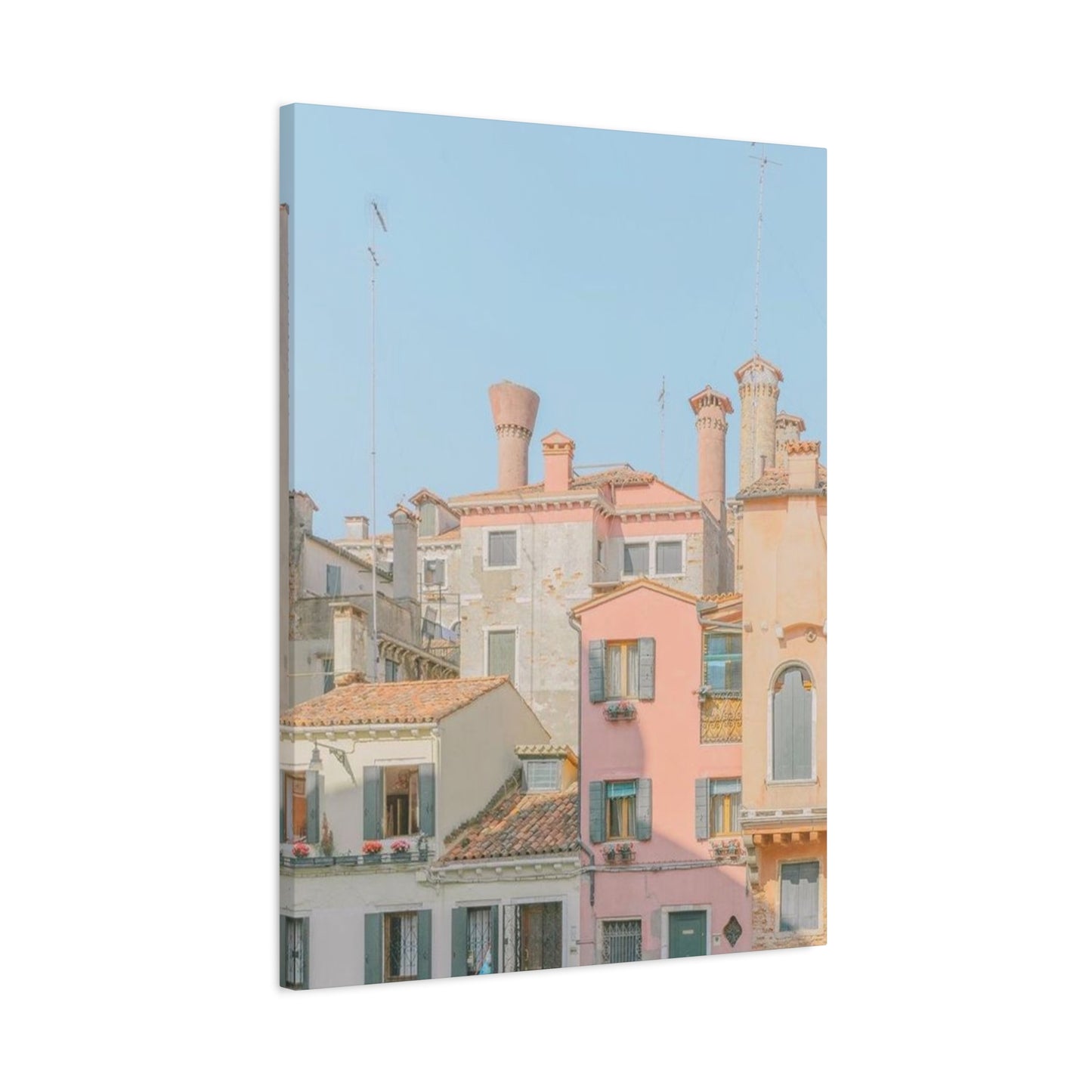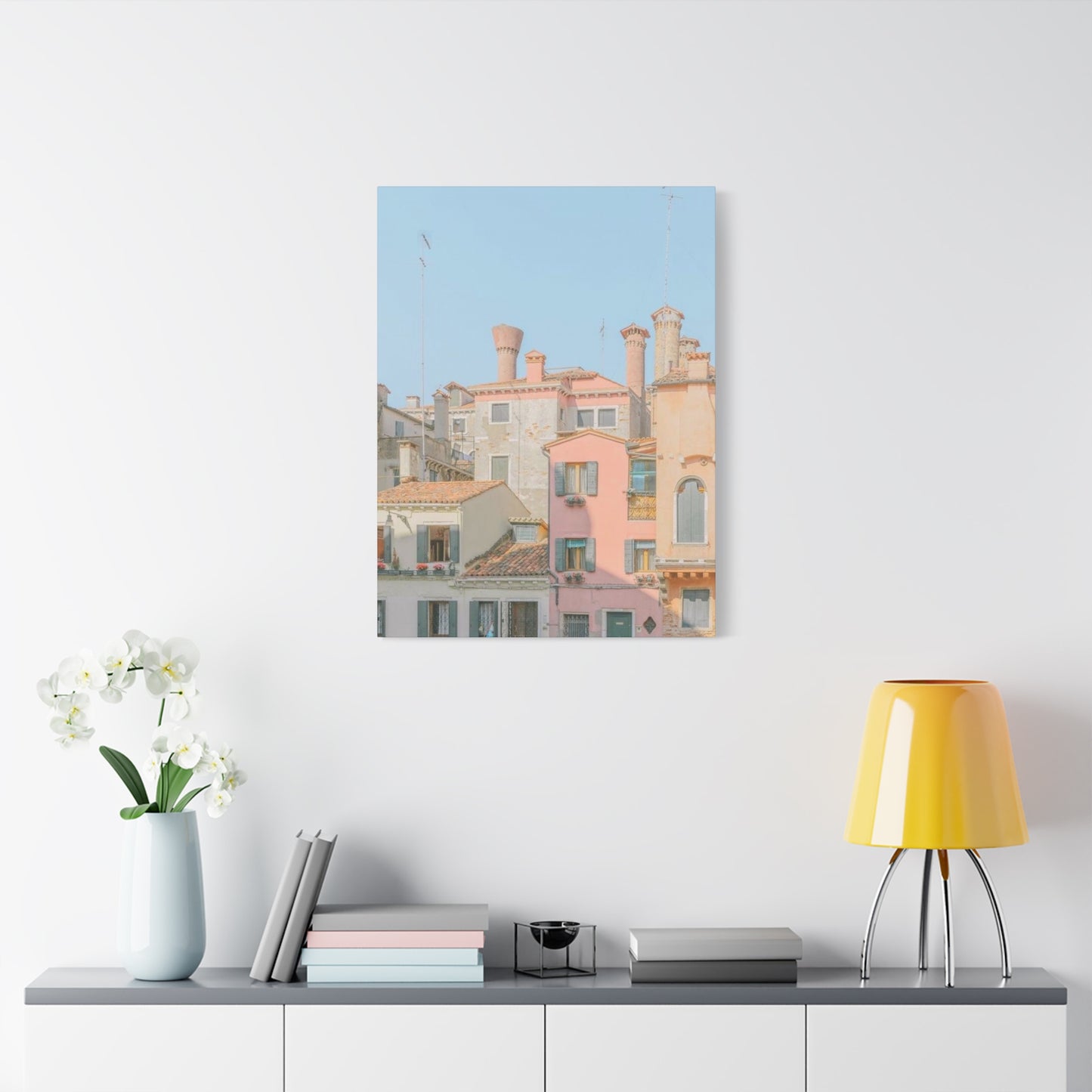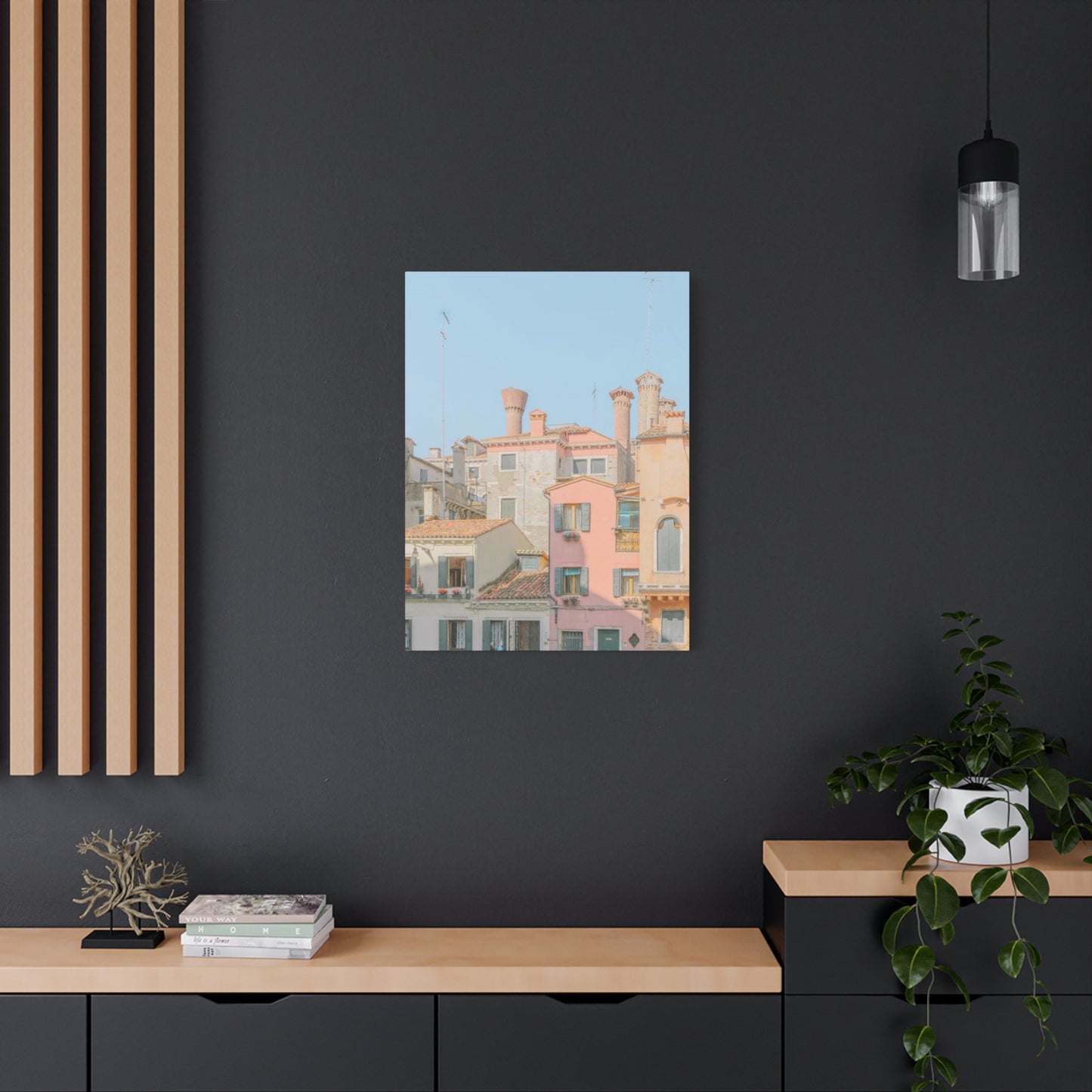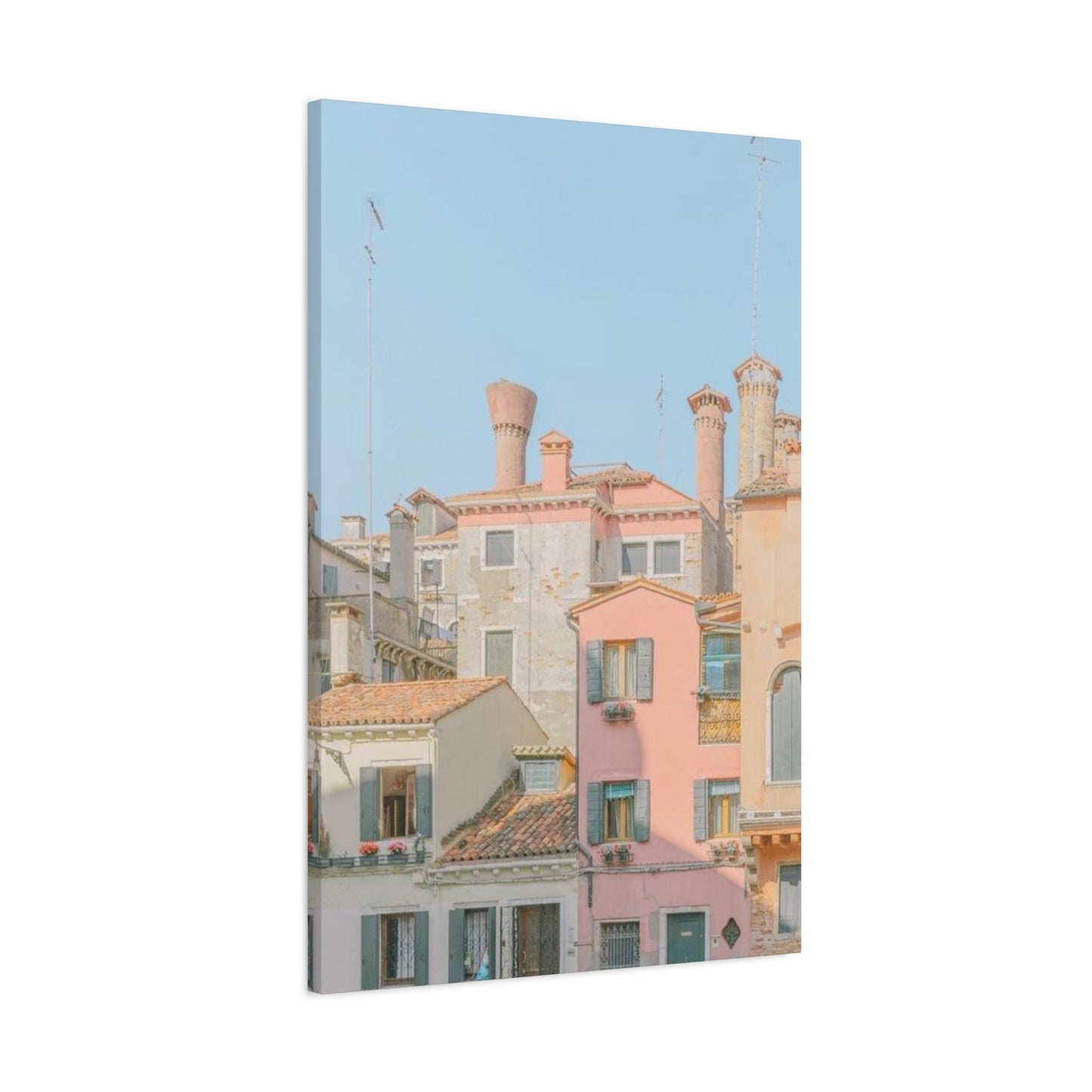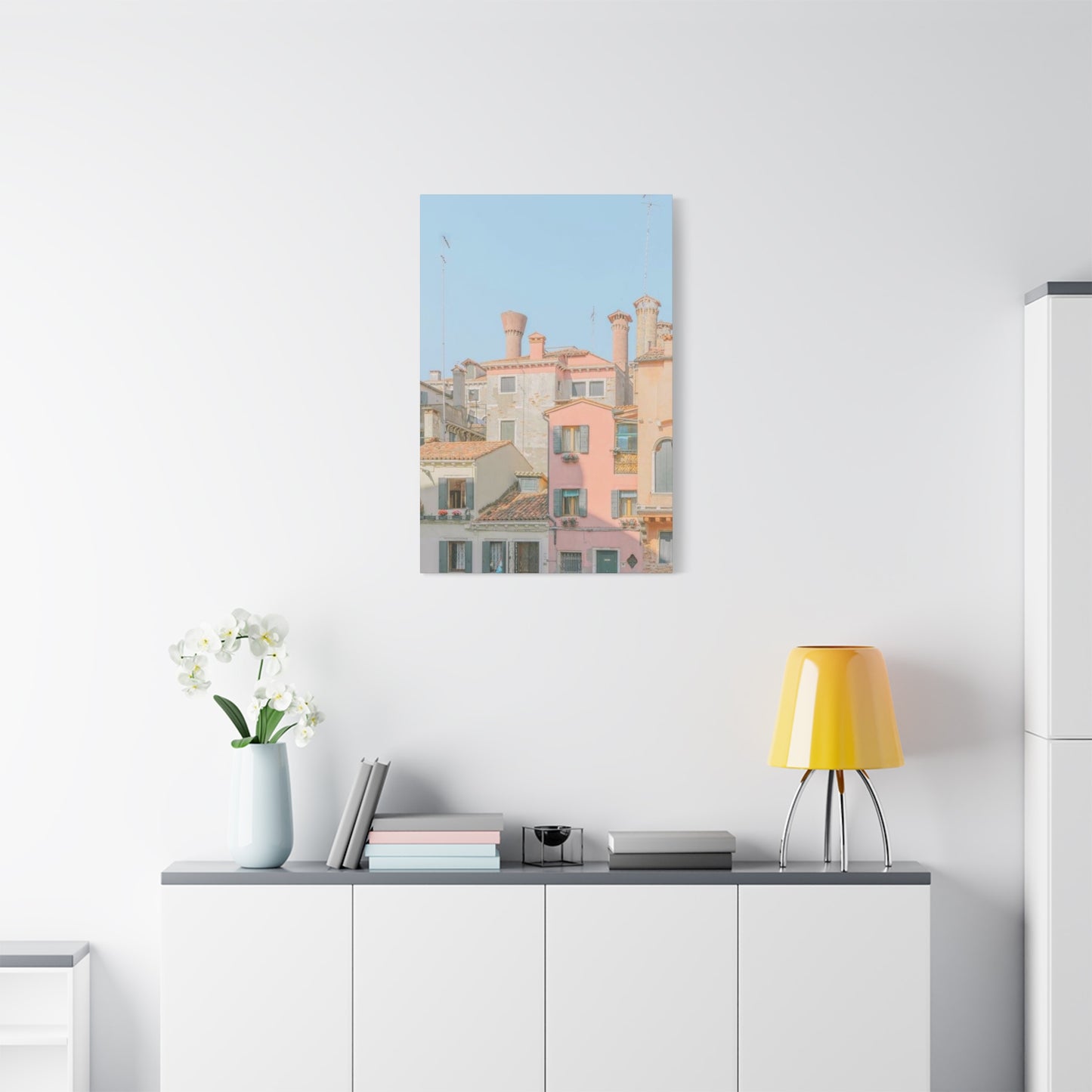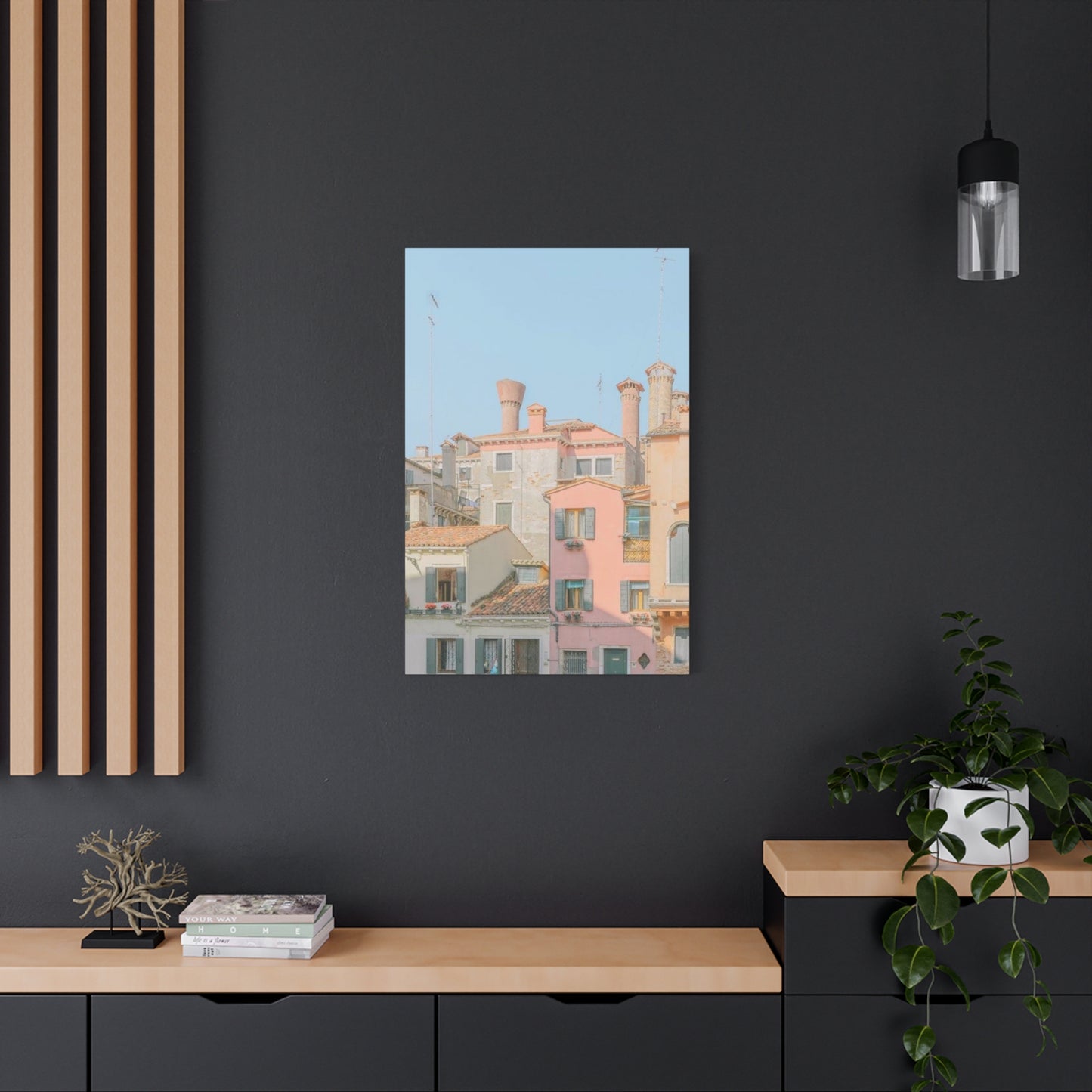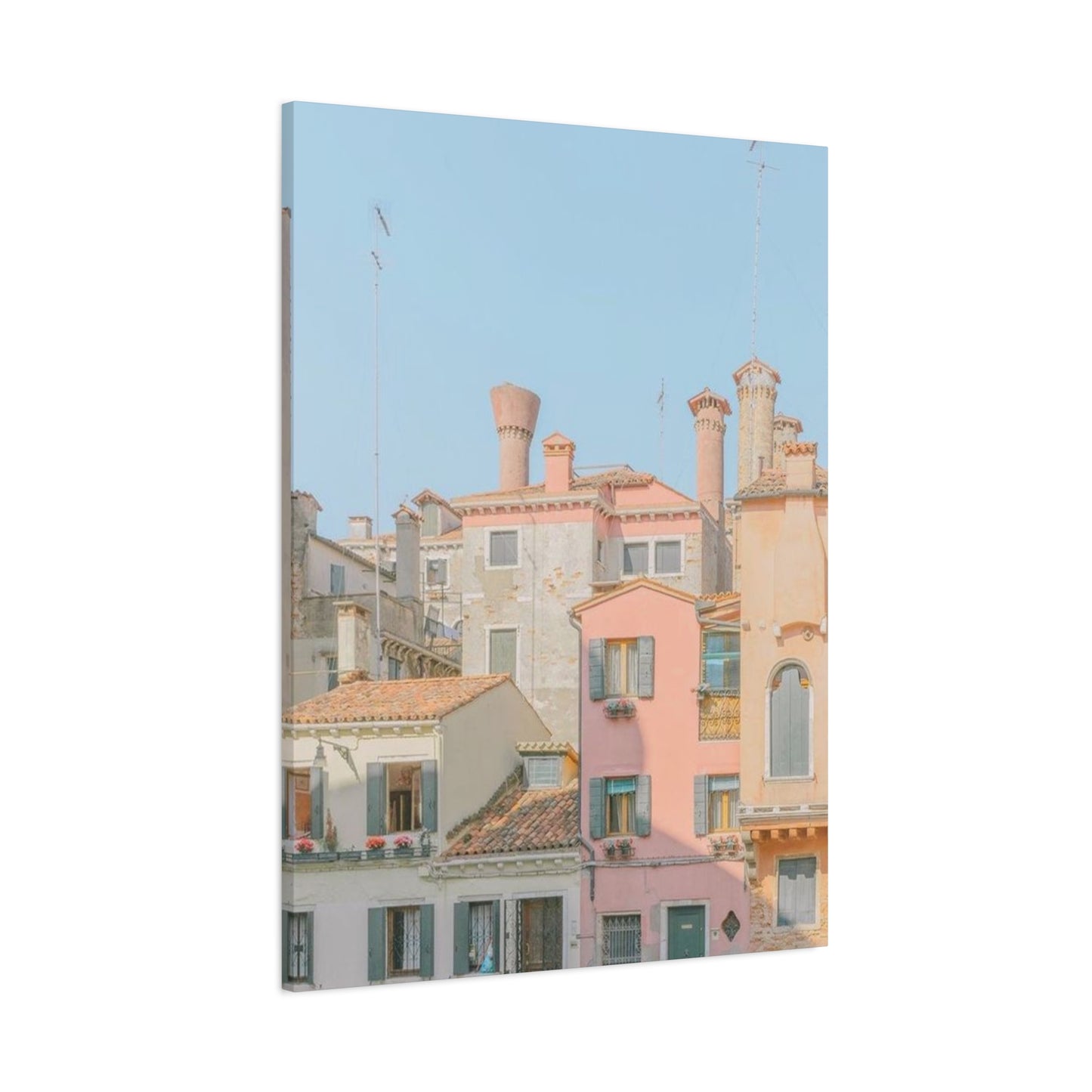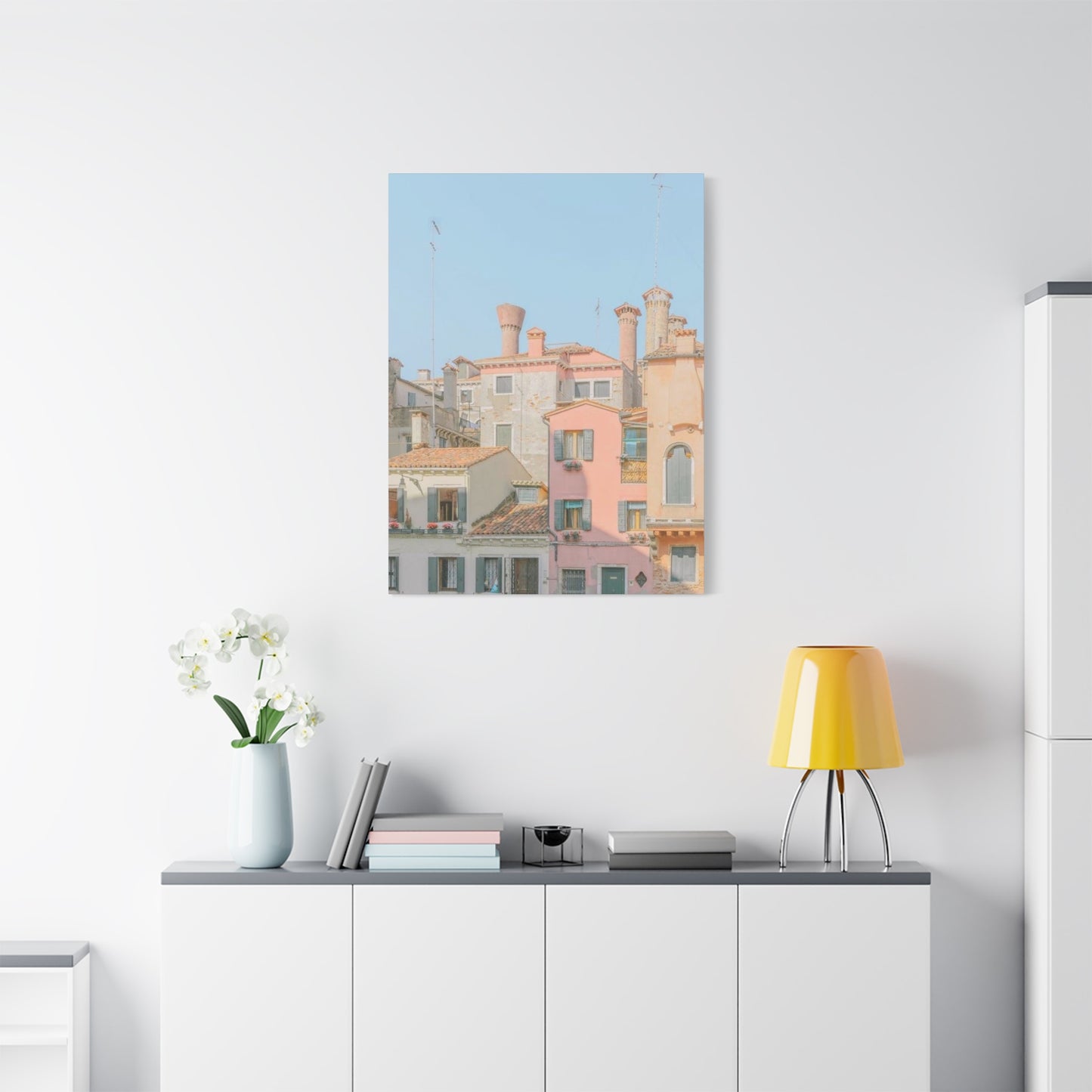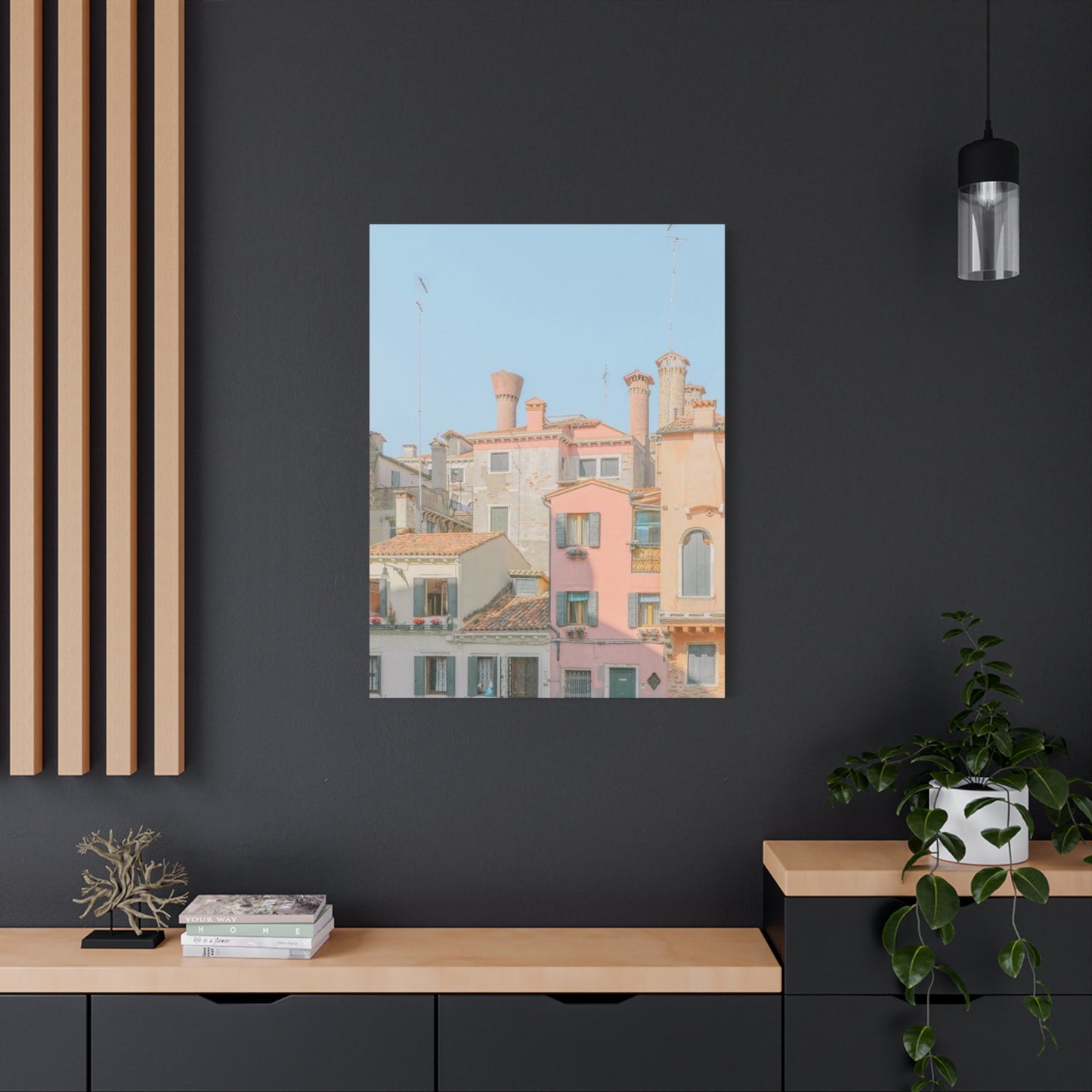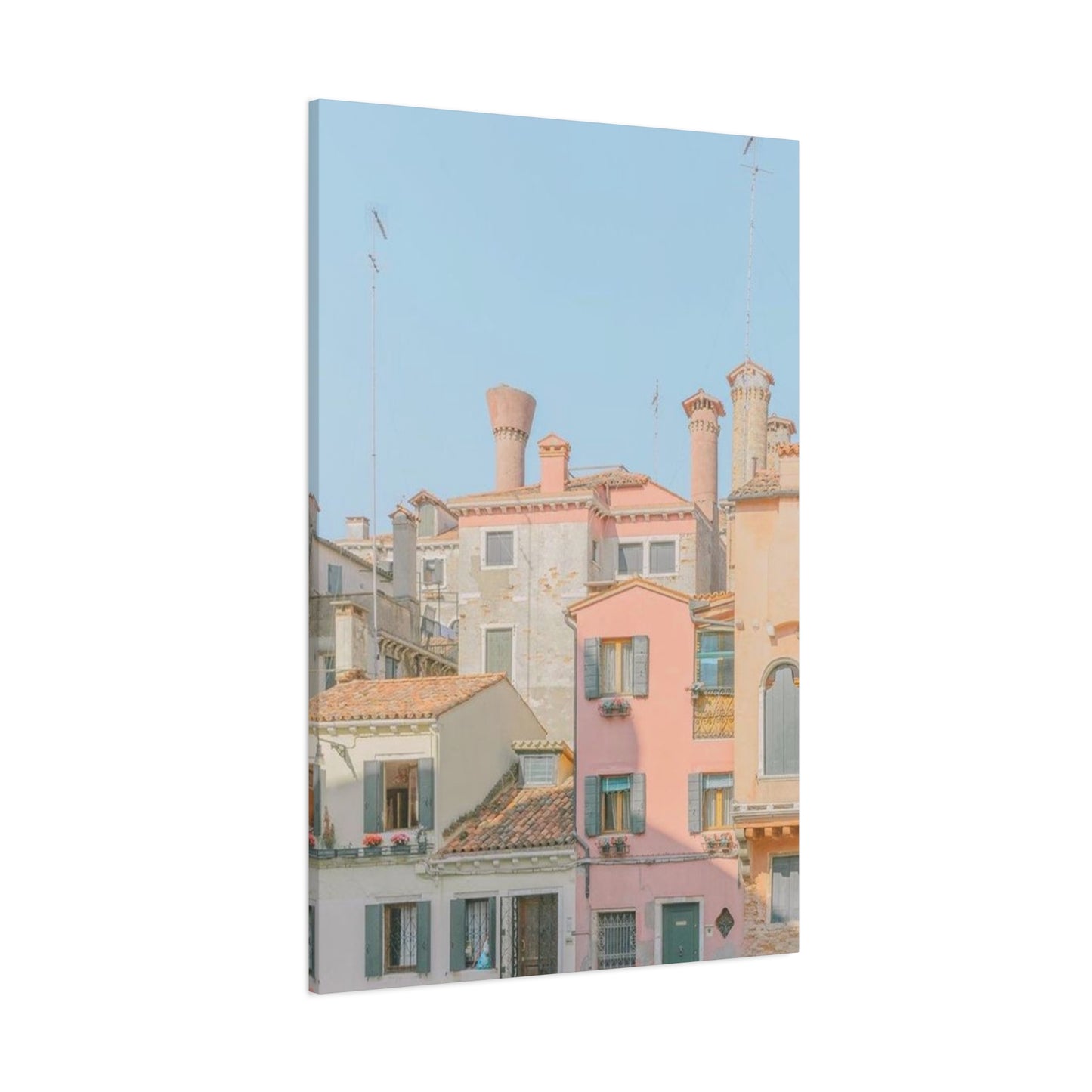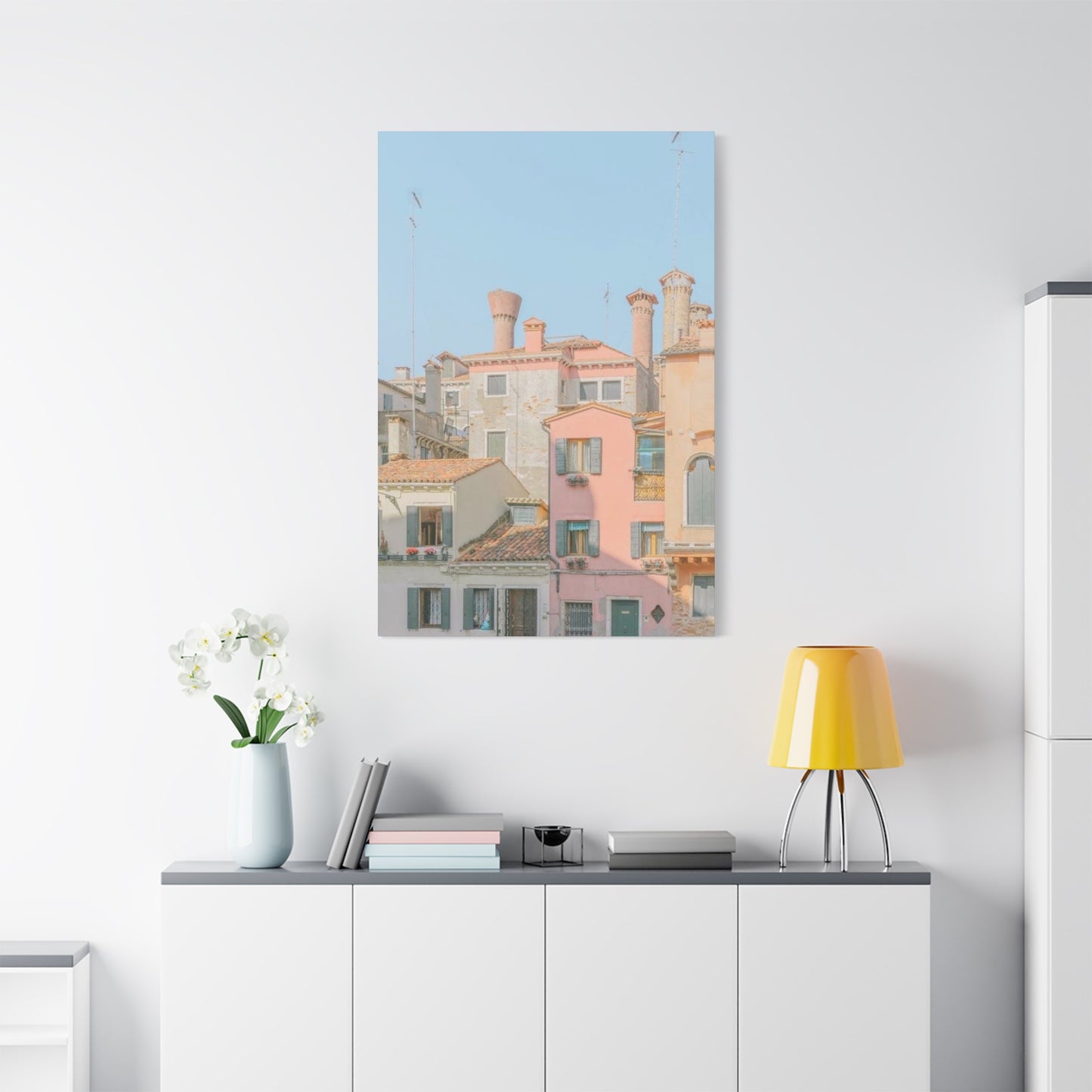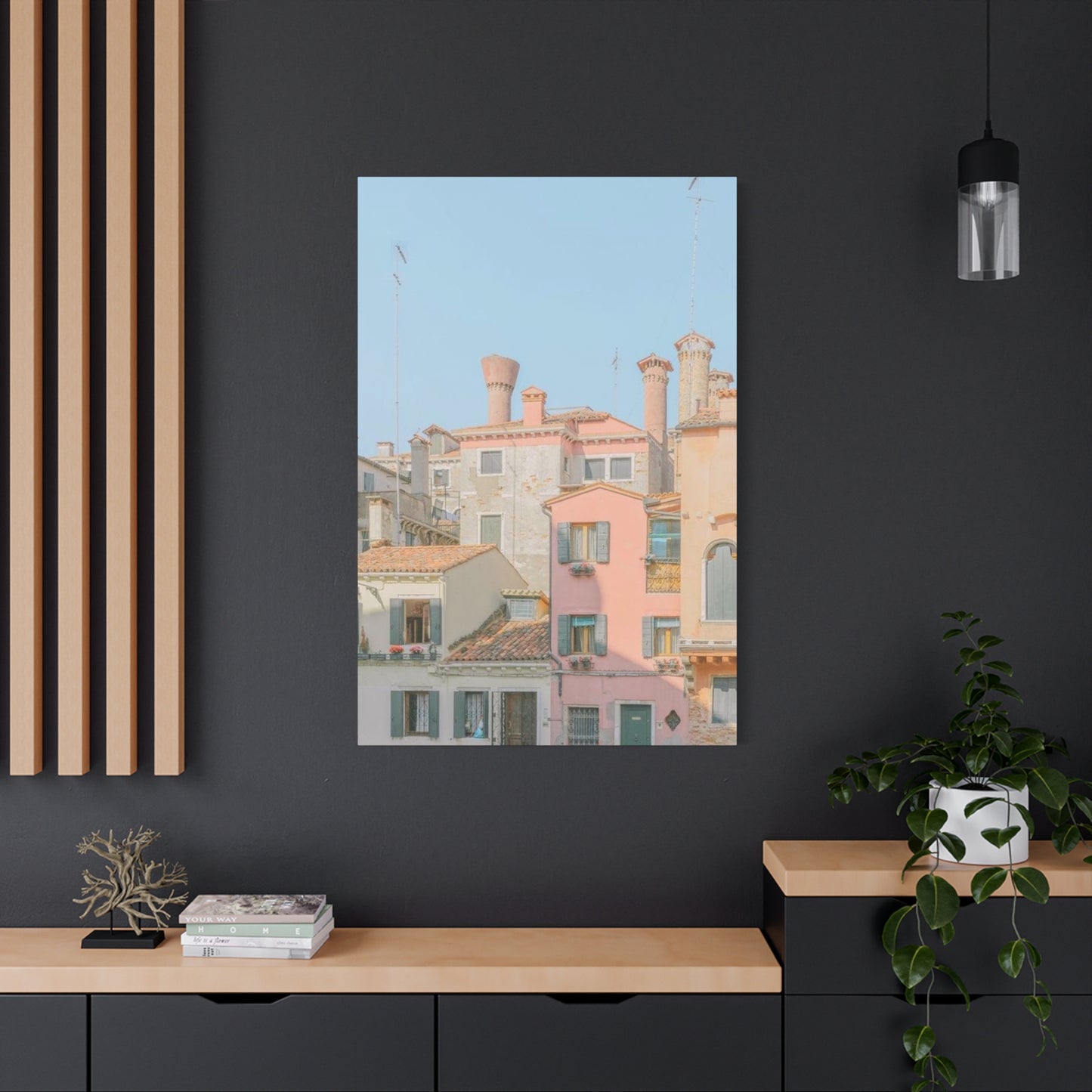Spanish House Wall Art: Vibrant Mediterranean Colors for Modern Homes
The captivating beauty of Spanish homes has long inspired artists, photographers, and homeowners worldwide. From the sun-drenched facades of Andalusian villages to the colorful balconies of Barcelona's Gothic Quarter, Spanish architecture offers a rich tapestry of visual elements that translate beautifully into wall art. These vibrant depictions bring the warmth and character of Mediterranean living directly into contemporary homes, creating focal points that celebrate cultural heritage while enhancing modern aesthetics.
Spanish house wall art encompasses a diverse range of artistic interpretations, from photographic prints capturing authentic street scenes to stylized illustrations that emphasize the distinctive color palettes and architectural details found throughout the Iberian Peninsula. The appeal of these artistic pieces lies not only in their visual impact but also in their ability to evoke memories of travel, dreams of distant places, or simply appreciation for the timeless beauty of Spanish craftsmanship and design.
The artistic representation of Spanish homes typically features several key characteristics that make them instantly recognizable and deeply appealing. Warm earth tones dominate many pieces, including terracotta oranges, deep ochres, and sun-baked yellows that reflect the Mediterranean climate and local building materials. These colors are often complemented by vibrant blues reminiscent of coastal waters, rich purples echoing bougainvillea blooms, and crisp whites that provide striking contrast against darker elements.
Architectural details play a crucial role in defining the Spanish house aesthetic captured in wall art. Ornate ironwork balconies, known as rejas, create intricate shadows and patterns that add depth and interest to artistic compositions. Colorful ceramic tiles, called azulejos, provide geometric patterns and additional color variations that artists often emphasize in their work. Red clay roof tiles, wooden shutters, and stone archways contribute to the authentic Mediterranean atmosphere that makes Spanish house art so appealing to collectors and decorators.
The geographical diversity of Spain contributes to the rich variety of artistic interpretations available in Spanish house wall art. Northern regions like Asturias and Galicia offer different color palettes and architectural styles compared to the sun-soaked villages of Andalusia or the coastal towns of Catalonia. This regional diversity ensures that Spanish house art can complement various decorating styles and personal preferences, from rustic farmhouse aesthetics to sleek contemporary environments.
Regional Variations in Spanish House Art Styles
Spain's diverse regions each contribute unique elements to the overall tapestry of Spanish house wall art, creating opportunities for collectors to explore different aesthetic approaches while maintaining a cohesive Mediterranean theme. The Balearic Islands, including Mallorca and Ibiza, inspire artwork featuring pristine white-washed buildings set against brilliant blue skies and turquoise waters. These pieces often emphasize clean lines, minimal color palettes, and the interplay between natural light and architectural forms.
Catalonian influences bring a more artistic and bohemian sensibility to Spanish house wall art, particularly pieces inspired by Barcelona's vibrant neighborhoods. The artistic legacy of Antoni Gaudí and other modernist architects has left an indelible mark on the region's visual culture, resulting in wall art that incorporates organic shapes, mosaic patterns, and unconventional color combinations that challenge traditional Mediterranean aesthetics while remaining unmistakably Spanish.
The Basque Country contributes its own distinctive elements to Spanish house art, with influences from both Spanish and French architectural traditions. Artwork inspired by this region often features more muted color palettes, stone construction details, and atmospheric qualities that reflect the area's unique climate and cultural heritage. These pieces can provide sophisticated alternatives for homeowners seeking Spanish-inspired art with a more subdued emotional impact.
Andalusian influences dominate much of what people associate with traditional Spanish house art, and for good reason. This southern region encompasses iconic destinations like Seville, Granada, and Córdoba, where Moorish architectural influences blend seamlessly with Catholic Spanish traditions. Wall art inspired by Andalusia often features intricate geometric patterns, horseshoe arches, and courtyard scenes that capture the region's rich cultural heritage and stunning visual appeal.
Valencia and the surrounding Levantine coast contribute bright, citrus-inspired color palettes to Spanish house wall art. The region's famous orange groves and Mediterranean beaches influence artistic interpretations that emphasize warm yellows, vibrant oranges, and fresh greens alongside traditional blue and white combinations. These pieces often capture the essence of Spanish coastal living and can bring energy and vitality to any room.
The Canary Islands offer another unique perspective on Spanish house art, with volcanic landscapes and subtropical vegetation creating dramatic backdrops for traditional Spanish architectural elements. Artwork inspired by these islands often features stark contrasts between black volcanic stone and bright white buildings, creating striking visual compositions that stand out in contemporary settings.
Color Psychology and Spanish House Wall Art
The psychological impact of color plays a significant role in the popularity and effectiveness of Spanish house wall art in home decorating. The warm color palettes typically associated with Spanish architecture have been shown to create feelings of comfort, energy, and optimism in living environments. These emotional responses make Spanish house art particularly effective for creating welcoming atmospheres in homes and commercial establishments.
Red and orange tones, frequently featured in Spanish house wall art, are associated with passion, creativity, and social interaction. These colors can stimulate conversation and create dynamic focal points in living rooms, dining areas, and entertainment rooms. The presence of these warm tones in Spanish house art can help counterbalance cool modern materials like steel and glass, creating more inviting and humanized environments.
Blue elements commonly found in Spanish house artwork provide psychological balance by introducing calming and stabilizing influences. Whether representing the Mediterranean Sea, painted shutters, or ceramic tile details, blue tones help moderate the intensity of warmer colors while maintaining the overall Mediterranean aesthetic. This color balance makes Spanish house art suitable for bedrooms, bathrooms, and other areas where relaxation is prioritized.
Yellow and golden tones capture the essence of Spanish sunshine and contribute to the uplifting quality of Spanish house wall art. These colors are associated with happiness, mental clarity, and positive energy, making them particularly effective in home offices, kitchens, and other areas where productivity and well-being are important considerations. The presence of warm yellow tones can help combat seasonal depression and create year-round feelings of warmth and comfort.
Earth tones, including various shades of brown, tan, and beige, provide grounding elements in Spanish house artwork that create psychological stability and connection to natural materials. These colors help create a sense of authenticity and permanence that can be particularly valuable in contemporary homes that might otherwise feel disconnected from natural environments and traditional craftsmanship.
The white elements commonly featured in Spanish house art serve multiple psychological functions, providing visual rest areas that prevent color overwhelm while symbolizing purity, simplicity, and fresh beginnings. The strategic use of white in Spanish house artwork helps create visual hierarchy and ensures that the more vibrant colors maintain their impact without becoming overwhelming or tiresome over time.
Incorporating Spanish House Art in Contemporary Settings
Modern homes can benefit tremendously from the warmth and character that Spanish house wall art brings to contemporary environments. The key to successful integration lies in understanding how these traditional aesthetic elements can complement rather than compete with modern furnishings and architectural features. Strategic placement and thoughtful curation ensure that Spanish house art enhances rather than overwhelms contemporary living environments.
Minimalist contemporary settings provide excellent backdrops for Spanish house wall art, as the clean lines and neutral palettes of modern design allow the vibrant colors and intricate details of Spanish architecture to take center stage. A single large-scale Spanish house print can serve as a stunning focal point in a minimalist living room, providing warmth and personality without cluttering the clean aesthetic that defines contemporary design.
Industrial lofts and converted warehouse apartments can benefit from the humanizing influence of Spanish house wall art, which softens harsh materials like exposed brick, steel beams, and concrete floors. The organic shapes and warm colors typical of Spanish architecture provide a pleasing contrast to industrial elements, creating balanced environments that feel both sophisticated and welcoming.
Scandinavian-inspired interiors, with their emphasis on natural light and hygge comfort, pair surprisingly well with Spanish house wall art. The shared appreciation for craftsmanship and authentic materials creates common ground between these seemingly different aesthetic approaches. Spanish house art can add the warm color accents that Scandinavian design sometimes lacks while maintaining the overall sense of simplicity and functionality.
Mid-century modern homes provide natural settings for Spanish house wall art, as both aesthetic movements share an appreciation for bold colors, geometric patterns, and the integration of indoor and outdoor living. The clean lines of mid-century furniture complement the architectural details found in Spanish house artwork, creating cohesive environments that celebrate both design traditions.
Contemporary farmhouse settings offer perhaps the most natural context for Spanish house wall art, as both styles emphasize authenticity, craftsmanship, and connection to agricultural traditions. The rustic elements common in farmhouse design harmonize beautifully with the traditional building techniques and materials depicted in Spanish house artwork, creating environments that feel both timeless and current.
Artistic Techniques and Mediums in Spanish House Wall Art
The diversity of artistic techniques and mediums used to create Spanish house wall art contributes significantly to its appeal and versatility in home decorating. Photography remains one of the most popular approaches, offering authentic representations of actual Spanish homes and streetscapes that capture the true essence of Mediterranean architecture. High-quality photographic prints can preserve the subtle details, textures, and lighting conditions that make Spanish houses so visually compelling.
Digital photography has revolutionized Spanish house wall art by enabling artists and photographers to capture and enhance the vibrant colors and intricate details that define Spanish architecture. Advanced printing techniques ensure that these colors remain vivid and accurate, bringing the warmth of Spanish sunshine into homes regardless of local climate conditions. The accessibility of digital photography has also expanded the range of Spanish locations and architectural styles available to art collectors.
Watercolor paintings offer a more interpretive approach to Spanish house wall art, allowing artists to emphasize emotional and atmospheric qualities rather than precise architectural details. The fluid nature of watercolor medium naturally complements the organic forms and sun-drenched qualities of Spanish architecture, creating artwork that captures the essence rather than the exact appearance of Spanish homes. These pieces often feature soft color transitions and luminous qualities that enhance their decorative appeal.
Oil paintings provide rich, textured interpretations of Spanish house subjects, with the medium's capacity for deep, saturated colors making it particularly well-suited to capturing the intensity of Mediterranean light and shadow. Oil paintings can achieve remarkable depth and dimension, allowing artists to emphasize architectural details like stonework, ironwork, and ceramic tiles that define Spanish house aesthetics.
Acrylic paintings offer versatility and durability in Spanish house wall art, with the medium's quick-drying properties enabling artists to build up layers of color and texture that emphasize the tactile qualities of Spanish architecture. Acrylic paintings can achieve both realistic and stylized interpretations of Spanish houses, making them suitable for a wide range of decorating styles and personal preferences.
Mixed media approaches combine various artistic techniques to create unique interpretations of Spanish house subjects, incorporating elements like fabric, paper, and found objects to enhance texture and visual interest. These experimental approaches can create contemporary interpretations of traditional Spanish architectural elements, making them particularly appealing to collectors seeking unique artistic expressions.
Print-making techniques, including lithography, screen printing, and digital reproduction, make Spanish house wall art accessible to broader audiences while maintaining high quality and artistic integrity. Limited edition prints offer collectors the opportunity to own unique artistic interpretations of Spanish houses while ensuring that the artwork remains affordable and widely available.
The Cultural Significance of Spanish Architecture in Art
Spanish house wall art carries deep cultural significance that extends far beyond mere decorative appeal, representing centuries of architectural evolution, cultural exchange, and artistic tradition. The buildings depicted in these artworks tell stories of conquest and reconquest, religious transformation, and cultural synthesis that have shaped the Iberian Peninsula throughout history. Understanding these cultural layers adds depth and meaning to Spanish house wall art collections.
The Moorish influences evident in much Spanish architecture reflect the profound impact of Islamic civilization on Spanish culture during the medieval period. Architectural elements like horseshoe arches, geometric tile patterns, and courtyard layouts that appear in Spanish house wall art serve as reminders of this rich cultural heritage and the sophisticated architectural achievements of Al-Andalus. These elements add exotic appeal to Spanish house art while connecting viewers to important historical narratives.
Catholic architectural traditions have also profoundly influenced Spanish house design, with elements like crosses, religious iconography, and church-inspired details appearing in residential architecture throughout Spain. Spanish house wall art that includes these elements connects viewers to the deep religious traditions that have shaped Spanish culture for centuries, adding spiritual dimensions to decorative art collections.
Regional variations in Spanish architecture reflect the cultural diversity within Spain itself, with distinct traditions in Catalonia, the Basque Country, Galicia, and other regions contributing unique elements to the overall Spanish architectural vocabulary. Spanish house wall art that captures these regional differences allows collectors to explore and celebrate the cultural richness of different Spanish communities while maintaining aesthetic coherence.
The tradition of craft specialization in Spanish architecture, including skills in ironwork, ceramics, stonework, and woodworking, is preserved and celebrated through Spanish house wall art. These artworks serve as documentation of traditional building techniques and craftsmanship that might otherwise be lost to modernization and industrial construction methods. Collecting Spanish house art becomes a way of supporting and preserving cultural heritage.
Contemporary interpretations of Spanish house subjects in wall art demonstrate the continuing relevance and evolution of Spanish architectural traditions. Modern artists who work with Spanish house themes contribute to an ongoing cultural conversation about identity, tradition, and artistic expression while making these themes accessible to contemporary audiences worldwide.
The global appeal of Spanish house wall art reflects the universal human attraction to authentic craftsmanship, vibrant color, and connection to place. These artworks allow people to connect with Spanish culture regardless of their personal heritage or travel experiences, fostering cross-cultural understanding and appreciation through visual art.
Lighting Considerations for Spanish House Wall Art
Proper lighting plays a crucial role in maximizing the visual impact and longevity of Spanish house wall art, with the vibrant colors and intricate details typical of these pieces requiring thoughtful illumination strategies. Natural light can enhance the warm colors and Mediterranean atmosphere captured in Spanish house artwork, but direct sunlight can cause fading and deterioration over time. Strategic placement near windows with filtered light allows artworks to benefit from natural illumination while protecting them from harmful ultraviolet rays.
Artificial lighting solutions offer greater control over how Spanish house wall art appears in different conditions and times of day. Picture lights mounted directly above or below artwork can provide focused illumination that highlights specific details and colors while creating dramatic shadows that enhance the three-dimensional qualities of architectural subjects. LED picture lights offer energy efficiency and minimal heat generation, protecting valuable artworks from temperature-related damage.
Track lighting systems provide flexibility in illuminating Spanish house wall art collections, allowing homeowners to adjust the direction and intensity of light to accommodate different pieces and changing display arrangements. The ability to create varied lighting scenarios can transform the appearance of Spanish house artwork throughout the day, emphasizing different colors and details as desired.
Recessed ceiling lighting can provide general illumination that supports Spanish house wall art without creating glare or hot spots that might damage or obscure the artwork. Adjustable recessed fixtures allow for precise control over beam angles and light distribution, ensuring that Spanish house art receives optimal illumination while maintaining comfortable ambient lighting levels.
Color temperature considerations are particularly important when lighting Spanish house wall art, as the warm colors typical of these pieces can be enhanced or diminished depending on the light source characteristics. Warm white LED lighting (2700K-3000K) typically complements the golden and orange tones found in Spanish house artwork, while cooler lighting temperatures might make these colors appear dull or unnatural.
Dimming capabilities allow homeowners to adjust lighting levels to match different moods and activities while protecting Spanish house wall art from excessive light exposure. Programmable lighting systems can automatically adjust illumination levels throughout the day, ensuring that artwork receives appropriate lighting while minimizing energy consumption and potential damage from over-illumination.
The placement of Spanish house wall art in relation to other light sources requires careful consideration to avoid competing illumination that might create confusing shadows or color conflicts. Table lamps, floor lamps, and other decorative lighting should complement rather than compete with the lighting designed specifically for artwork display.
Framing and Presentation Options for Spanish House Art
The framing and presentation of Spanish house wall art significantly impacts both its visual appeal and its integration with existing home decor, requiring careful consideration of materials, colors, and styles that complement rather than compete with the artwork itself. Traditional wood frames in warm tones like oak, walnut, or cherry can enhance the organic qualities of Spanish house art while providing classic presentation that works well with various decorating styles.
Painted wood frames offer opportunities to coordinate Spanish house wall art with existing color schemes while maintaining the natural warmth that wood provides. White or cream-colored frames can create clean, contemporary presentations that allow the vibrant colors of Spanish house art to take center stage, while darker painted frames can provide dramatic contrast that emphasizes the luminous qualities of Mediterranean light.
Metal frames in bronze, copper, or wrought iron finishes can echo the ironwork elements commonly featured in Spanish house architecture, creating thematic connections between the artwork and its presentation. These metal frames often work particularly well with photographic Spanish house art, providing industrial contrast that emphasizes the organic qualities of the architectural subjects.
Floating frames create modern presentations that seem to suspend Spanish house artwork within transparent or minimally visible borders, allowing maximum focus on the artwork itself while providing necessary protection and mounting structure. This presentation style works particularly well in contemporary settings where the goal is to minimize visual distractions from the artwork.
Matting options provide additional opportunities to enhance Spanish house wall art while protecting it from direct contact with glazing materials. Neutral mats in cream, white, or light gray can provide clean borders that enhance color contrast, while colored mats can pick up accent colors from the artwork to create coordinated presentations. Multiple mat layers can create sophisticated presentations with enhanced visual depth.
Gallery-style presentations without frames can create contemporary, museum-like displays that emphasize the artistic quality of Spanish house wall art. This approach works particularly well with high-quality photographic prints on premium papers or canvas-mounted artworks that don't require additional protection or support.
Custom framing solutions allow collectors to create unique presentations that perfectly complement their Spanish house wall art and existing decor. Professional framers can suggest materials, colors, and presentation styles that enhance specific pieces while ensuring proper conservation and protection for valuable artworks.
The scale of framing should be proportionate to both the artwork and the display environment, with larger pieces typically requiring more substantial frames to maintain visual balance. Multiple smaller pieces can be unified through consistent framing choices while allowing for creative grouping arrangements that tell visual stories about Spanish architecture and culture.
Creating Gallery Walls with Spanish House Art
Gallery wall arrangements offer excellent opportunities to showcase multiple pieces of Spanish house wall art while creating dynamic focal points that capture the diversity and richness of Spanish architecture. Successful gallery walls require careful planning of layout, spacing, and thematic coherence to ensure that individual pieces work together harmoniously while maintaining their individual visual impact.
Thematic approaches to Spanish house gallery walls can focus on specific regions, architectural styles, or color palettes to create cohesive presentations that tell visual stories about Spanish culture and architecture. A gallery wall featuring various Andalusian houses might emphasize the Moorish influences and white-washed walls typical of southern Spain, while a collection focused on Catalonian architecture might showcase more colorful and artistic interpretations.
Size variation within Spanish house gallery walls creates visual interest and prevents monotonous presentations that might diminish the impact of individual pieces. Combining large anchor pieces with smaller supporting artworks allows for dynamic compositions that guide viewer attention while accommodating different architectural subjects and artistic styles within the Spanish house theme.
Grid arrangements provide structured approaches to Spanish house gallery walls that work particularly well in contemporary settings where clean lines and geometric organization are valued. Regular spacing and consistent frame sizes create orderly presentations that emphasize the architectural qualities of Spanish house subjects while maintaining sophisticated visual appeal.
Organic arrangements allow for more creative freedom in Spanish house gallery wall composition, with pieces arranged based on visual relationships rather than geometric structure. This approach can create more dynamic and interesting presentations that reflect the organic growth patterns of Spanish villages and neighborhoods.
Color coordination across Spanish house gallery walls ensures that multiple pieces work together effectively without creating visual chaos or competition between individual artworks. Selecting pieces that share common color elements while offering variation in architectural details and artistic interpretation creates balanced presentations with sustained visual interest.
Height considerations are crucial for Spanish house gallery walls, with optimal viewing heights ensuring that viewers can appreciate details and colors without strain. Generally, artwork should be hung with centers at eye level, though adjustments may be necessary for seating areas or other specific viewing contexts.
Lighting for Spanish house gallery walls requires comprehensive planning to ensure that all pieces receive appropriate illumination without creating shadows or glare that might obscure details or colors. Track lighting systems often provide the flexibility needed to properly illuminate multiple artworks within gallery wall arrangements.
Seasonal Adaptations and Rotating Displays
Spanish house wall art collections offer excellent opportunities for seasonal rotation and adaptation, allowing homeowners to emphasize different aspects of Spanish culture and architecture throughout the year while maintaining fresh and dynamic living environments. Summer displays might emphasize coastal scenes and bright colors that reflect the peak Mediterranean experience, while winter arrangements could focus on the cozy, warm interiors and golden light that characterize Spanish homes during cooler months.
Beach and coastal Spanish house art becomes particularly relevant during summer months, with pieces featuring whitewashed houses against blue seas creating cooling visual effects that complement warm weather and outdoor living activities. These artworks can enhance vacation feelings and help maintain summer moods even when actual travel isn't possible.
Harvest and autumn themes in Spanish house wall art can emphasize the agricultural aspects of Spanish culture, with pieces featuring vineyards, olive groves, and rural architecture creating appropriate seasonal atmospheres. The warm earth tones typical of Spanish house art naturally complement fall color schemes and seasonal decorating approaches.
Winter presentations of Spanish house art might focus on interior courtyards, warm lighting, and architectural details that suggest comfort and protection from harsh weather. These pieces can provide psychological warmth during cold months while maintaining connections to Spanish culture and travel memories throughout the year.
Spring displays can emphasize the flowering trees and fresh colors that characterize Spanish houses during renewal seasons, with pieces featuring bougainvillea, citrus blossoms, and fresh green vegetation creating optimistic and energizing visual effects that support seasonal mood improvements.
Holiday adaptations of Spanish house wall art displays can incorporate cultural celebrations and traditions specific to Spanish regions, with pieces that reference local festivals, religious observances, or cultural practices providing educational and cultural enrichment alongside decorative appeal.
Storage solutions for rotating Spanish house art collections ensure that pieces not currently displayed remain in good condition while awaiting their turn in seasonal displays. Proper storage protects artworks from dust, moisture, and physical damage while making rotation practical and convenient for homeowners.
Documentation of Spanish house art collections helps homeowners track their pieces and plan effective seasonal rotations that maximize the impact of their collections while ensuring that all pieces receive appropriate display time and appreciation.
Budget-Friendly Approaches to Spanish House Wall Art
Building meaningful collections of Spanish house wall art doesn't require enormous budgets, with numerous strategies available for acquiring beautiful pieces while maintaining financial responsibility. Print-on-demand services offer affordable access to Spanish house photography and artwork, allowing collectors to obtain high-quality reproductions of desired images at reasonable prices.
Digital downloads of Spanish house art provide the most budget-friendly approach to building collections, with many artists and photographers offering high-resolution files that can be printed at home or through local print services. This approach allows for experimentation with different sizes and framing options while minimizing initial investment costs.
Local art fairs and markets often feature Spanish house artwork at reasonable prices, particularly pieces created by emerging artists or photographers who are building their reputations. These venues provide opportunities to discover unique pieces while supporting local artistic communities and building personal relationships with artists.
Online marketplaces and auction sites can offer Spanish house wall art at competitive prices, though buyers should research sellers and verify artwork quality before making purchases. These platforms often provide access to vintage and rare pieces that might not be available through traditional retail channels.
DIY framing approaches can significantly reduce the overall cost of Spanish house wall art collections, with basic framing supplies and techniques allowing collectors to create professional-looking presentations at fraction of custom framing costs. Online tutorials and local workshops can provide the skills needed for successful DIY framing projects.
Student and emerging artist work often provides excellent value in Spanish house wall art, with talented artists creating beautiful pieces at prices that reflect their developing careers rather than established market positions. Art schools and student exhibitions can be excellent sources for discovering talented artists working with Spanish themes.
Poster and reproduction markets offer access to Spanish house imagery at very affordable prices, though quality and longevity may be limited compared to higher-end options. These pieces can serve as temporary solutions or casual decorating options while collectors build budgets for investment pieces.
Group purchases and collective buying can reduce individual costs for Spanish house wall art, particularly for limited edition prints or custom framing services. Organizing with friends or neighbors can provide access to bulk pricing and shared shipping costs that make higher-quality pieces more affordable.
Maintenance and Care for Spanish House Wall Art
Proper maintenance and care ensure that Spanish house wall art continues to provide beauty and enjoyment for many years while preserving investment value and preventing costly restoration needs. Regular dusting with appropriate materials prevents accumulation of particles that can dull colors and obscure details, with microfiber cloths or soft brushes providing gentle cleaning without risk of surface damage.
UV protection is particularly important for Spanish house wall art, as the vibrant colors that make these pieces so appealing are also most susceptible to fading from light exposure. UV-filtering glazing materials, window films, and strategic placement away from direct sunlight help preserve colors while allowing artwork to be properly displayed and appreciated.
Climate control considerations protect Spanish house wall art from damage caused by temperature and humidity fluctuations that can cause materials to expand, contract, warp, or deteriorate. Maintaining stable environmental conditions helps prevent conservation problems while extending the useful life of valuable artworks.
Professional conservation services may be necessary for valuable or damaged Spanish house wall art, with qualified conservators providing expert assessment and treatment that preserves artistic and monetary value. Early intervention can often prevent minor problems from becoming major conservation challenges.
Insurance considerations for Spanish house wall art collections ensure that valuable pieces are protected against theft, damage, or loss, with proper documentation and appraisal providing the foundation for adequate coverage. Photography and detailed records help support insurance claims and facilitate replacement of lost pieces.
Handling procedures for Spanish house wall art prevent accidental damage during cleaning, moving, or rearrangement activities, with proper techniques ensuring that artworks remain in excellent condition despite regular interaction. Clean hands, appropriate lifting techniques, and adequate support prevent common types of damage.
Regular inspection of Spanish house wall art allows early detection of problems like frame damage, glazing issues, or artwork deterioration that might require professional attention. Systematic inspection schedules ensure that problems are identified and addressed before they become serious conservation challenges.
Storage requirements for Spanish house art collections protect pieces not currently displayed while maintaining their condition for future use, with proper materials and environmental conditions preventing damage during extended storage periods.
Technology and Spanish House Wall Art
Modern technology has revolutionized both the creation and display of Spanish house wall art, with digital photography, advanced printing techniques, and smart home integration offering new possibilities for collectors and decorators. High-resolution digital cameras capture incredible detail in Spanish architecture, allowing artists and photographers to document intricate tile work, ironwork details, and subtle color variations that might be missed by traditional film photography.
Drone photography has opened new perspectives on Spanish house subjects, providing aerial views and unique angles that showcase architectural relationships to landscape and urban contexts. These perspectives offer fresh interpretations of familiar subjects while highlighting design elements that aren't visible from ground level.
Advanced printing technologies ensure that Spanish house wall art maintains color accuracy and longevity, with archival inks and papers providing museum-quality reproductions that preserve artistic intent while offering practical advantages over original artworks. These technologies make high-quality Spanish house art accessible to broader audiences while maintaining artistic integrity.
Smart home integration allows Spanish house wall art to be enhanced with programmable lighting systems that can adjust color temperature and intensity throughout the day, creating optimal viewing conditions while protecting artworks from excessive light exposure. These systems can also create dramatic effects that enhance the emotional impact of Spanish house imagery.
Digital frames and display screens offer dynamic approaches to Spanish house wall art, allowing collectors to rotate through extensive digital collections while maintaining single display locations. High-resolution screens can provide stunning presentations of Spanish house photography while offering unlimited flexibility in curation and presentation.
Virtual reality and augmented reality technologies provide new ways to experience Spanish house wall art, allowing viewers to virtually visit the actual locations depicted in artworks or explore architectural details that might not be visible in traditional two-dimensional presentations.
Mobile applications and digital tools help collectors manage their Spanish house wall art collections, providing databases for cataloging pieces, tracking locations, planning rotations, and connecting with other collectors who share similar interests in Spanish architecture and culture.
Online platforms and social media provide opportunities for Spanish house wall art collectors to share their pieces, discover new artists, and connect with communities of people who appreciate Spanish architecture and Mediterranean aesthetics.
Educational Aspects of Spanish House Wall Art
Spanish house wall art serves important educational functions beyond mere decoration, providing opportunities to learn about history, architecture, culture, and artistic techniques while enjoying beautiful visual displays. These artworks can spark conversations about Spanish culture, encouraging viewers to explore the rich history and traditions that have shaped Spanish society over centuries.
Architectural education through Spanish house wall art helps viewers understand different building techniques, materials, and design principles that characterize Spanish construction traditions. Observing details like tile work, ironwork, and stone carving can provide appreciation for traditional crafts while illustrating how environmental factors influence architectural choices.
Historical context provided by Spanish house wall art connects viewers to important events and cultural movements that have shaped Spanish society, from Moorish occupation to Catholic reconquest to modern tourism development. Understanding these historical layers adds depth and meaning to decorative art while encouraging further learning about Spanish culture.
Geographic education emerges naturally from Spanish house wall art collections that represent different regions of Spain, encouraging viewers to learn about diverse landscapes, climates, and cultural traditions within the Spanish nation. Regional variations in architecture reflect local materials, traditions, and environmental conditions that provide insights into Spanish geography.
Cultural appreciation develops through exposure to Spanish house wall art that depicts daily life, celebrations, and traditions that characterize different Spanish communities. These artistic representations can foster cross-cultural understanding and appreciation while challenging stereotypes and oversimplifications about Spanish culture.
Language learning opportunities arise when Spanish house wall art includes signage, architectural terms, or cultural references that encourage viewers to explore Spanish vocabulary and linguistic traditions. These visual cues can support language learning goals while providing practical context for Spanish words and phrases.
Art history education benefits from Spanish house wall art that represents different artistic movements, techniques, and styles that have influenced Spanish visual culture. Understanding these artistic traditions provides broader context for appreciating both traditional and contemporary Spanish art.
Travel inspiration generated by Spanish house wall art can encourage actual visits to Spain, with artworks serving as visual guides to destinations and experiences that might be worth exploring. These pieces can help viewers identify specific locations or architectural styles that align with their travel interests.
Spanish House Wall Art in Commercial Settings
Commercial establishments can benefit significantly from incorporating Spanish house wall art into their design schemes, with these vibrant and culturally rich pieces providing atmosphere, conversation starters, and brand differentiation in competitive markets. Restaurants serving Spanish or Mediterranean cuisine can use Spanish house art to create authentic atmospheres that support their culinary offerings while providing visual interest for dining customers.
Hotels and hospitality businesses can incorporate Spanish house wall art to create distinctive design themes that differentiate their properties from generic accommodations while providing guests with cultural experiences that enhance their stays. These artworks can evoke feelings of travel and adventure while maintaining sophisticated aesthetic appeal.
Office environments can benefit from the warm, humanizing qualities of Spanish house wall art, which can help counterbalance sterile corporate atmospheres while providing visual interest that supports employee well-being and creativity. The vibrant colors and architectural details can create more engaging work environments.
Retail establishments can use Spanish house wall art to create memorable shopping experiences that encourage customers to spend more time in stores while building brand identity and cultural associations. Art galleries and home furnishing stores particularly benefit from Spanish house art that demonstrates how these pieces can enhance living environments.
Healthcare facilities can incorporate Spanish house wall art to create more welcoming and less clinical atmospheres that help reduce patient anxiety while providing positive visual distractions during waiting periods. The warm colors and architectural beauty can contribute to healing environments.
Educational institutions can use Spanish house wall art to support language learning programs, cultural studies, and art education while creating more inspiring learning environments. These pieces can provide visual context for academic subjects while making institutional spaces more welcoming and engaging.
Event venues and wedding locations can incorporate Spanish house wall art to create romantic and distinctive atmospheres that appeal to couples seeking unique settings for their celebrations. The cultural richness and visual appeal of these pieces can enhance special occasions while providing memorable backdrops for photographs.
Professional services offices, including law firms, medical practices, and consulting businesses, can use Spanish house wall art to create more welcoming and sophisticated environments that help put clients at ease while demonstrating attention to aesthetic detail and cultural sophistication.
Spanish House Wall Art
The future of Spanish house wall art continues to evolve with changing technology, aesthetic preferences, and cultural interests, with several emerging trends likely to influence the market and artistic development in coming years. Sustainability concerns are driving increased interest in eco-friendly printing materials, locally sourced frames, and artists who document environmental conservation efforts in Spanish architecture and landscape preservation.
Digital art and NFT technologies are beginning to influence Spanish house wall art, with artists creating unique digital interpretations of Spanish architecture that can be displayed on digital frames or collected as blockchain-based artworks. These technologies offer new possibilities for artistic expression while appealing to tech-savvy collectors.
Personalization and customization trends are leading to increased demand for Spanish house wall art that can be tailored to individual preferences, whether through custom photography of specific locations, personalized color schemes, or artwork that incorporates personal travel memories and experiences.
Mixed media and experimental approaches are gaining popularity among artists working with Spanish house themes, incorporating elements like fabric, found objects, and multimedia presentations that create more immersive and interactive artistic experiences.
Virtual and augmented reality integration offers possibilities for Spanish house wall art that extends beyond traditional two-dimensional presentations, allowing viewers to virtually explore the locations depicted in artworks or access additional information about architectural details and cultural context.
Collaboration between Spanish artists and international creators is producing new interpretations of Spanish house themes that reflect global perspectives while maintaining authentic cultural connections. These collaborative approaches can introduce fresh artistic approaches while respecting traditional Spanish architectural and artistic traditions.
Social media and online platforms continue to influence how Spanish house wall art is discovered, shared, and collected, with artists and collectors using digital tools to build communities and share appreciation for Spanish architecture and culture.
Wellness and mindfulness trends are increasing interest in Spanish house wall art that promotes relaxation, positive emotions, and connection to place, with collectors seeking pieces that contribute to mental health and well-being through their visual and emotional impact.
Conclusion
Spanish house wall art represents far more than simple decoration, serving as windows into rich cultural traditions, architectural heritage, and artistic expression that have evolved over centuries throughout the Iberian Peninsula. These vibrant artworks bring the warmth, character, and visual appeal of Mediterranean living into contemporary homes while providing educational opportunities and cultural connections that enrich daily life experiences.
The diversity of Spanish house wall art ensures that collectors and decorators can find pieces that align with their personal aesthetics, budget constraints, and cultural interests while contributing to meaningful artistic collections that grow in value and significance over time. From photographic documentation of actual Spanish streets to artistic interpretations that emphasize color, light, and architectural details, these artworks offer something for every taste and decorating style.
The integration of Spanish house wall art into contemporary living environments demonstrates the enduring appeal of authentic craftsmanship, vibrant color, and cultural heritage in our increasingly globalized world. These pieces provide antidotes to sterile modern environments while celebrating human creativity and the deep connections between place, culture, and artistic expression that define authentic living experiences.
As technology continues to evolve and cultural interests shift, Spanish house wall art adapts and grows while maintaining its core appeal rooted in the timeless beauty of Spanish architecture and the universal human attraction to places that embody warmth, community, and cultural richness. Whether serving as focal points in minimalist contemporary settings or contributing to eclectic collections that celebrate global culture, these artworks continue to provide beauty, meaning, and inspiration to those who choose to bring them into their homes.

















